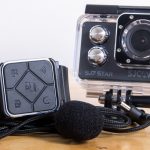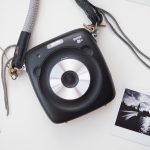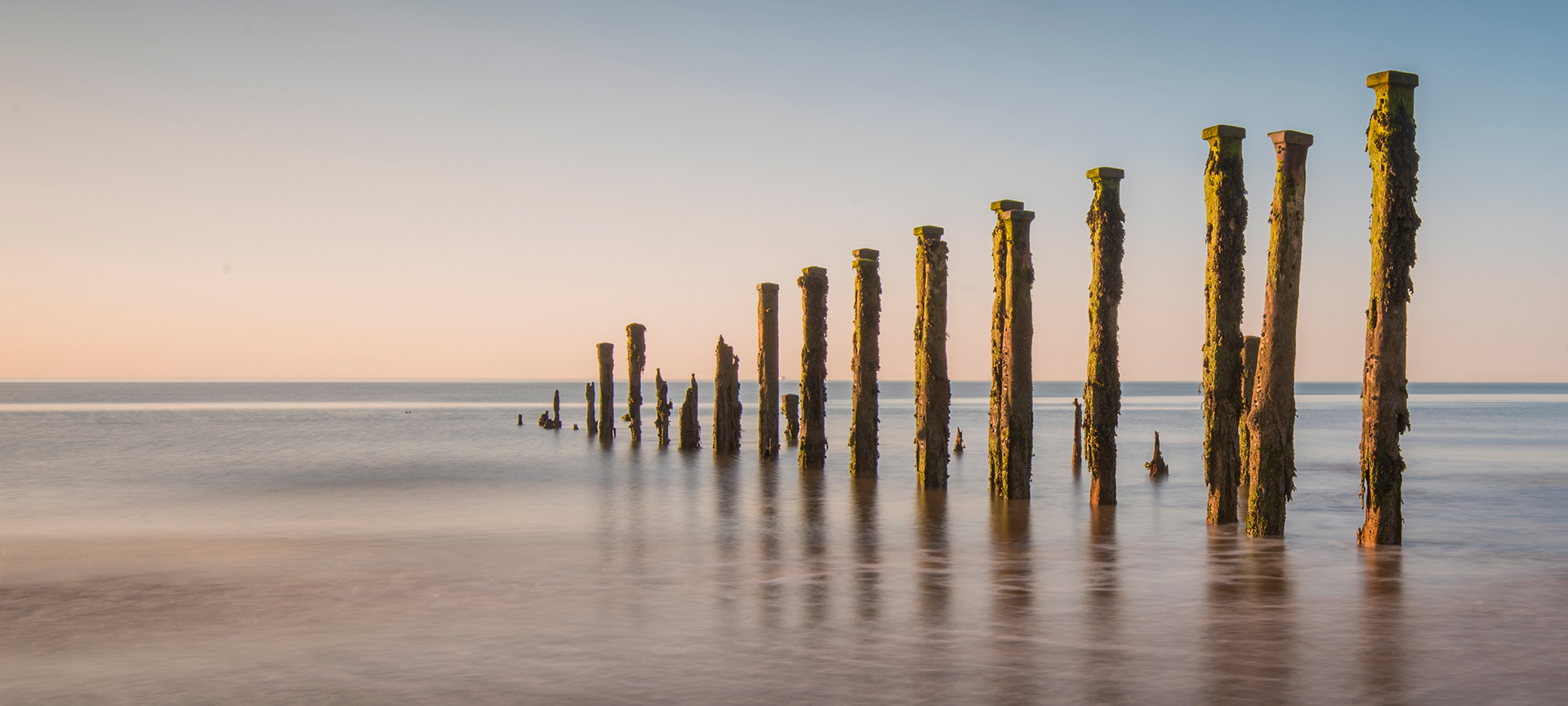
First Test: SRB Full Neutral Density Set
Posted on Aug 17, 2017
When you’re starting out in photography, especially landscape photography, neutral density (ND) filters are really important. All NDs are used to lower the amount of light entering the camera, and in that way they can make the difference between average and excellent shots.
NDs come in two main types: graduated, and full. For the latter, the light-stopping power allows longer exposures, creating softer, flowing water or motion-blurred clouds in landscape shots. And at the other end of the scale, full NDs are instrumental in allowing you to shoot at the widest apertures in bright light, so portrait photographers need them, too.
Prices of high-end filters and holders can be offputting though, especially as for the proper amount of control, you need more than one strength; you can easily spend as much on a set as you would on a lens. At the budget end of the market the presumption is often that quality suffers. So what can SRB’s latest Full ND Filter Set do about that?
I tested the new set on a seaside trip to Spurn Point (now Yorkshire’s only coastal island at high tide), looking closely at the filters’ performance, especially in terms of exposure accuracy, image sharpness, and colour rendition. The set has recently replaced SRB’s previous models and makes the claim of improved image quality.
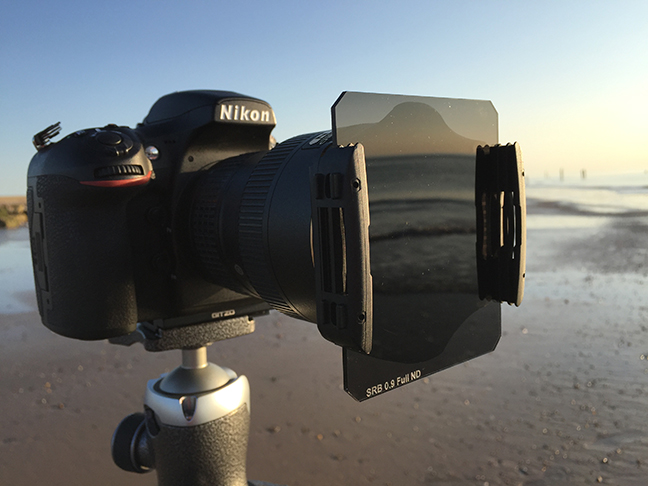
The full ND filters I tested were Cokin P sized 84mm square versions (though they’re actually more oblong to make handling easier, and keep fingerprints towards the top and bottom), but you can also get them in the smaller A size (67mm) for the same price.
I tested them using a standard Cokin P holder as SRB’s own holder was unavailable for loan. Just as you’d hope, the filters slotted in easily and sat securely in the holder. The ‘cut off’ corners of the filters helped quite a lot when inserting, as you don’t need to be as accurate as you do with the very squared off versions. This will certainly help when fumbling around in the pre-dawn light, or when wearing gloves on location.
The SRB Full ND set includes 0.3, 0.6 and 0.9 NDs, equating to one, two and three stops of light dimming power. To test the accuracy of this, I set up a Nikon D810 camera in controlled lighting. I set the camera to aperture-priority and metered the scene; the filters were then inserted individually, and were true to their quoted strengths, cutting the exposure from an initial 1/250sec to 1/125, 1/60 and 1/30sec respectively.
In a second test using manual exposure mode, I dropped the shutter speed each time to pre-empt what the filter should allow. Viewing those images on screen revealed slight changes in the expected brightness, but these weren’t enough to tip the exposure by more that 0.3EV, until the strongest of the filters, which showed fractionally more variation.
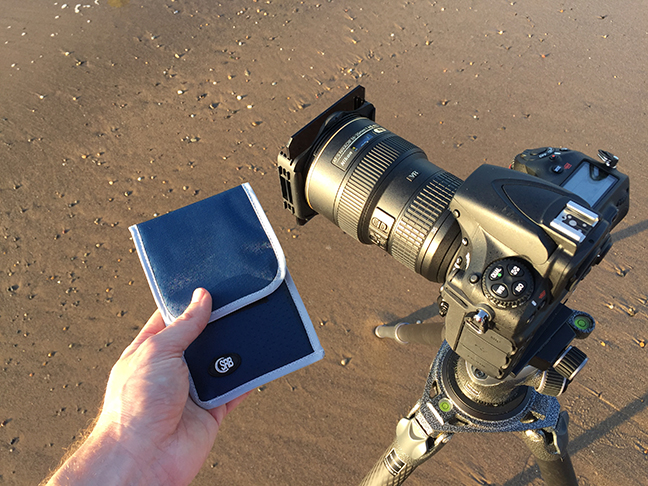
I tested image detail on location, again with the D810, and a 16-35mm f/4 lens, shooting at f/11 for maximum sharpness and comparing an unfiltered control shot with each of the NDs in turn. In all cases sharpness was seemingly unaffected. According to its catalogue, SRB’s own regular P Size Filter Holder fits two filters, but the Cokin one I was using took all three. Therefore you can mount all three at once and get an effective six stops. You’d expect stacking filters in this to cause a noticeable loss of sharpness, but that didn’t seem to be the case. A really good performance by the filters there.
I also checked for any colour cast produced. For this, I shot sequences of images in auto white-balance and in manual white-balance, making a control exposure, then adding the filters in turn. Shooting in auto produced a slight warm up, but it wasn’t unnatural or unpleasant. Shooting with the white-balance set manually to 5500K the difference was less far less noticeable, just a slight cooling.
When it comes to suppressing reflections, the filters were also very good, and the only time I noticed one was when stacking all three to produce a two second exposure.
In terms of wear and tear, the fact that the filters are made of resin is a double-edged sword. On the upside, resin keeps the cost and the weight down, and it also means the filters are far less likely to shatter when dropped than glass. The main drawback is that resin scratches more easily. After a week’s use, I could already see small scratches appearing at the very edges of the filters, simply from regular handling like slotting them in and out. A nice padded case is included in the set, to keep them safe and sound.
Verdict
This three-ND set represents all you need to get started with creative exposure control. Image quality is good, as is the price and, while as resin filters they’re more likely to scratch than glass, careful handling should see them last a long time. Cheap and very cheerful, so it’d be nice to see these produced in a 100mm set soon.
Pros: Overall image quality, case included, price
Cons: Slight colour shifts, resin materials, nothing major
As featured in Photography News issue 46. Click here to read the latest issue.


